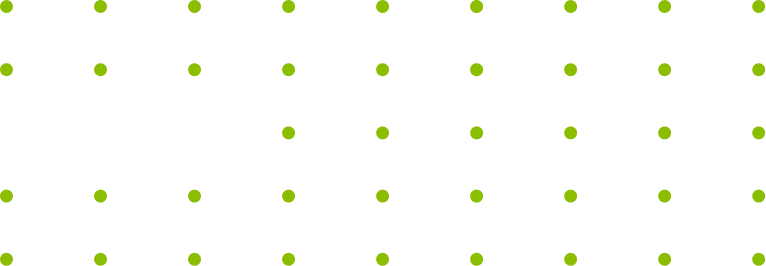Tubal dropsy



OPERATIONS
Modern minimally invasive treatment of prolapse – lateral hysteropexy using the Dubuisson’s method. Stress urinary incontinence Tubal dropsy Vaginal surgery (vaginoplasty) Lowering of the reproductive system Infertility Uterine myoma Labia hypertrophy Ovarian cysts and ovarian tumors EndometriosisOPERATIONS
Tubal dropsy, called hydrosalpinx in Latin is a frequent consequence of inflammation developing within the pelvic minora organs. The name is associated with a blocked outflow of fluid content from the Fallopian tube, which causes its accumulation and at the same time edema of the fallopian tube. It is worth emphasizing that the term tubal dropsy is used only in relation to the blocked outflow of liquid serum content. If there is purulent content, then we are referring to pyosalpinx, and when there is blood – likewise about haematoma. Closure of the Fallopian tube excludes its primary function, i.e. the possibility of transport to the uterus of the ova which results in permanent infertility.
Tubal dropsy may can cause pain in the pelvis, sometimes very severe (when the body has an increasing inflammation). Most often, however, it does not produce any symptoms, and patients find out about the condition during vaginal ultrasound examination. Tubal dropsy can also be detected during X-ray of the uterus and Fallopian tubes (HSG – hysterosalpingography).
Treatment of tubal dropsy is primarily undertaken in the case of infertility treatment. In this situation, laparoscopic surgery and removal of the tubal dropsy are most often recommended. Often at this occasion, post-inflammatory adhesions are released in the area of the Fallopian tube, which results in the outflow of liquid content from its inside to be unblocked. Unfortunately, even a meticulously performed procedure does not guarantee complete success, as the damaged epithelium of the Fallopian tube is sometimes unable to effectively transport the fertilized egg. Removal of the tubal dropsy is necessary in patients who are preparing for an in vitro fertilization procedure.
The laparoscopic procedure of removal of tubal dropsy is not a procedure that is difficult to perform. However, it requires specialized laparoscopic equipment and a properly prepared operating room and a trained operating team. The treatment is performed under general anesthesia on an operating table resembling a gynecological chair. It is bent so that the patient is in the so-called Trendelenburg’s position, i.e. with the head slightly lower than the legs. At the beginning of the procedure, carbon dioxide is administered to the abdominal cavity through a special needle in order to produce pneumoperitoneum. The gas lifts the abdominal wall upwards and “pushes” the bowel allowing the insertion of laparoscopic instruments.
Next, through a small, approximately 10-millimeter cosmetic incision in the navel, a camera and a source of light are inserted into the abdomen. The monitor allows to obtain a high-resolution color image. With three 5-millimeter incisions above the pubic symphysis, additional micro tools are inserted into the abdominal cavity. With their help, tubal dropsy or adhesions are removed by restoring patency to Fallopian tubes.
Sometimes, during the procedure, a fluid is applied to the uterine cavity, observing whether it flows out through the abdominal ostium into the abdomen – which is a confirmation of their patency. The removed tubal dropsy is extracted from the abdominal cavity through one of the previously made incisions. At the end of the procedure, the tools are removed from the abdominal, and the previously inserted carbon dioxide is released. Cosmetic seams are placed on wounds being a result of the inserted tools.
The patient is mobile about 6 hours after surgery. A few hours after the procedure, the patient may drink fluids, and after the occurrence of peristalsis, he may begin to eat easily digestible foods. The patient is sent home the next day after surgery. Because pain after the surgery is very small, the only home remedies which are used are common analgesics. After surgery, it is possible to return to daily activities after 3 days and to full activity after about 7-10 days.

